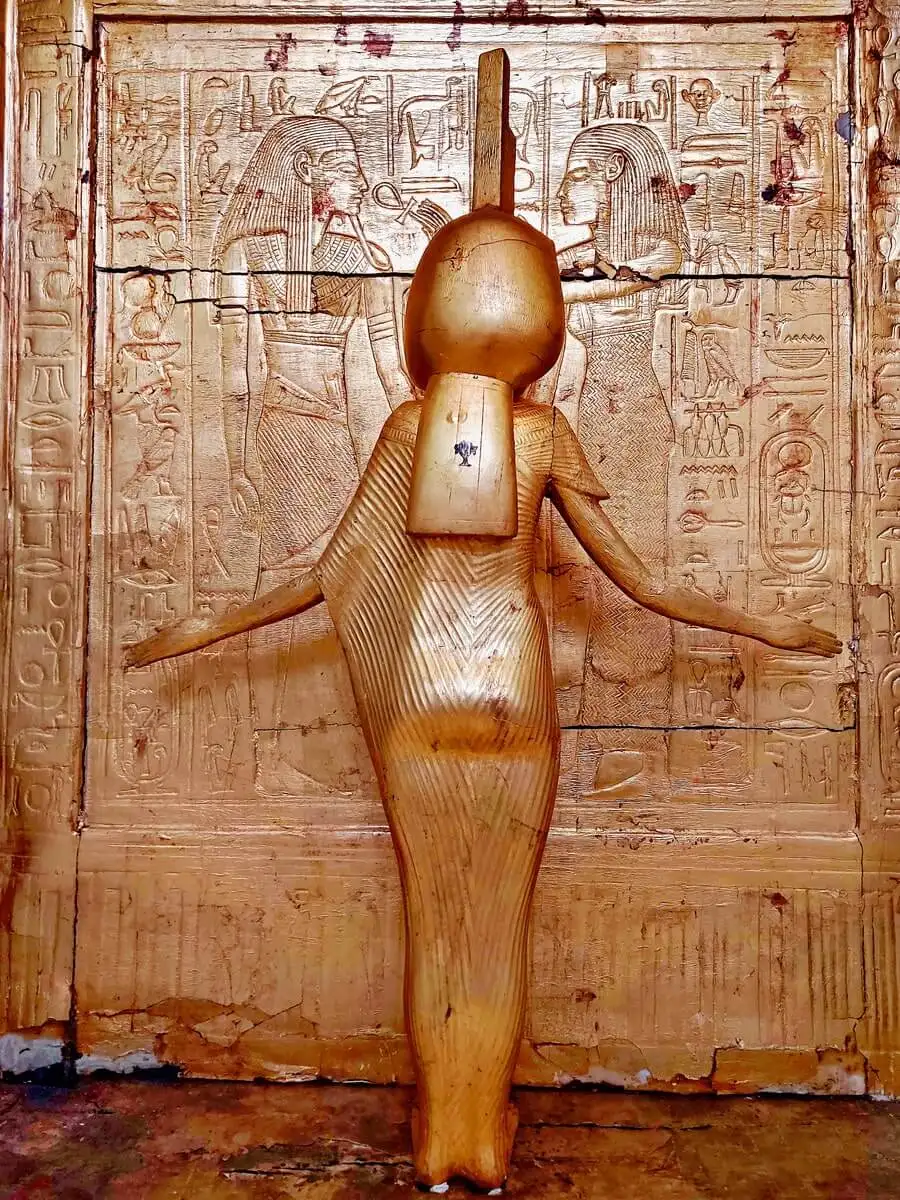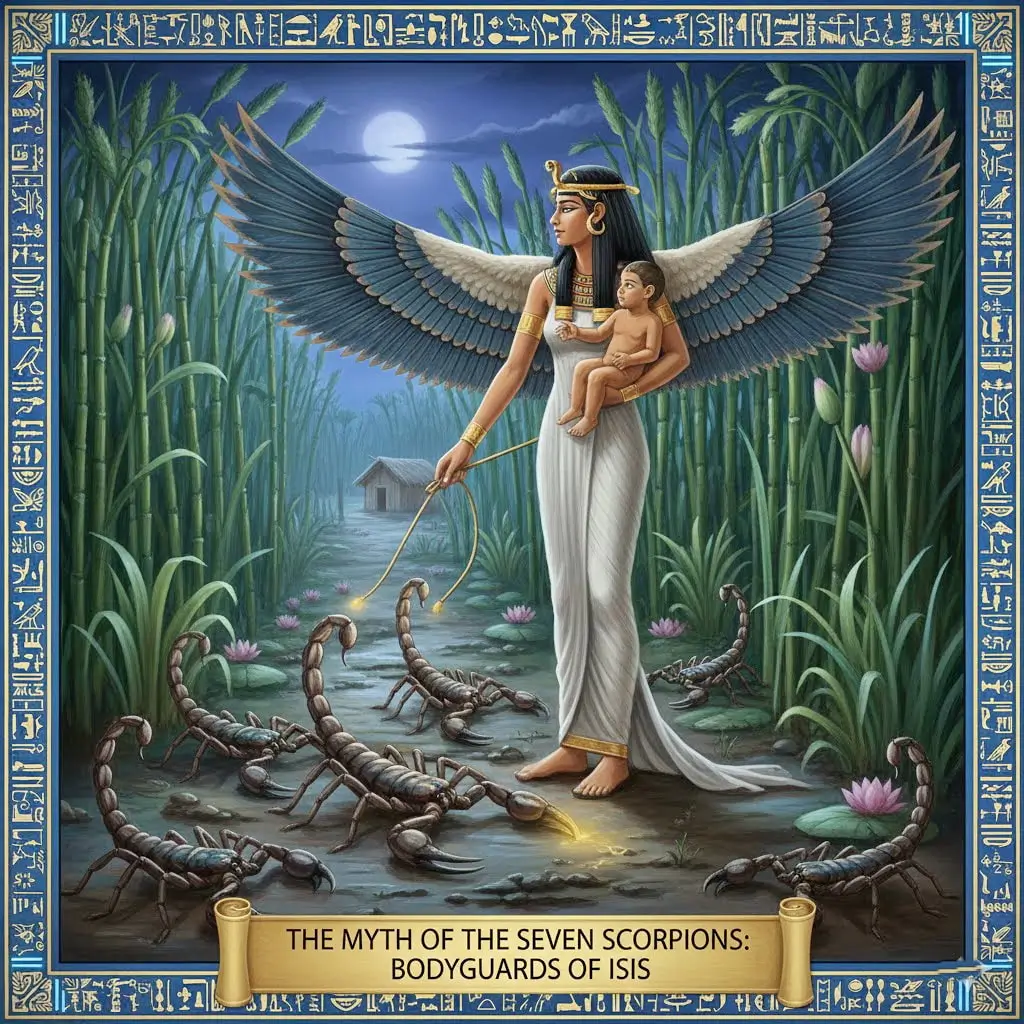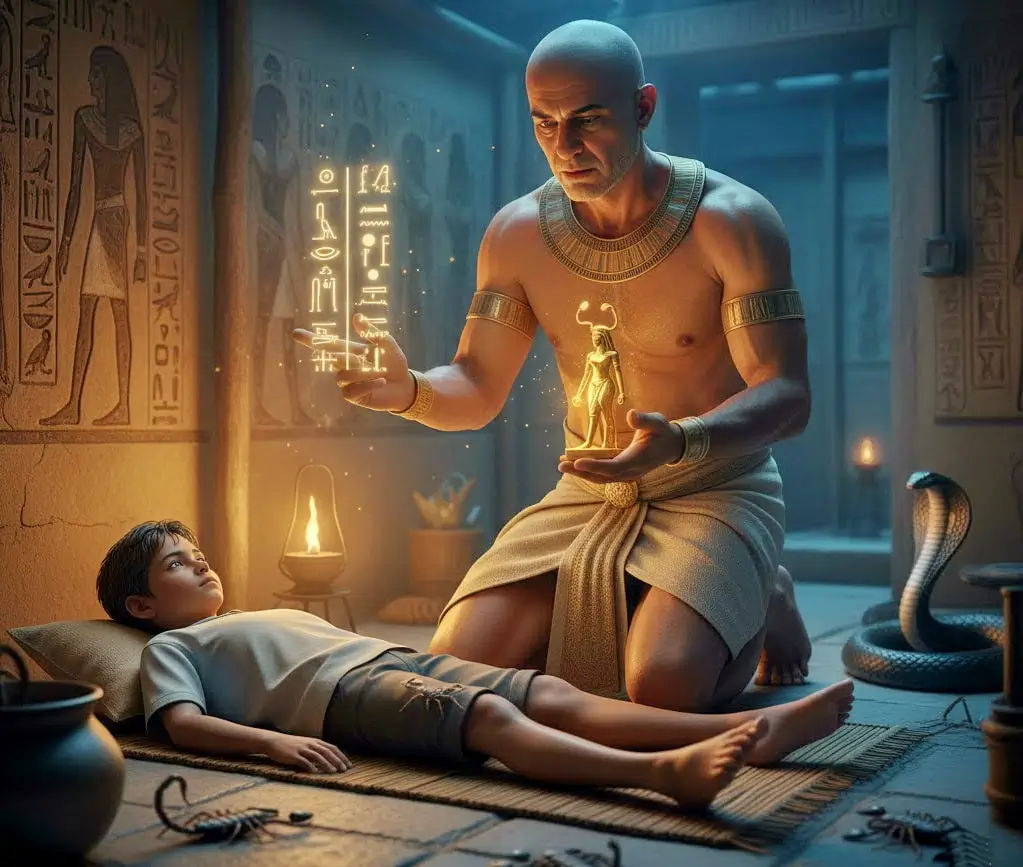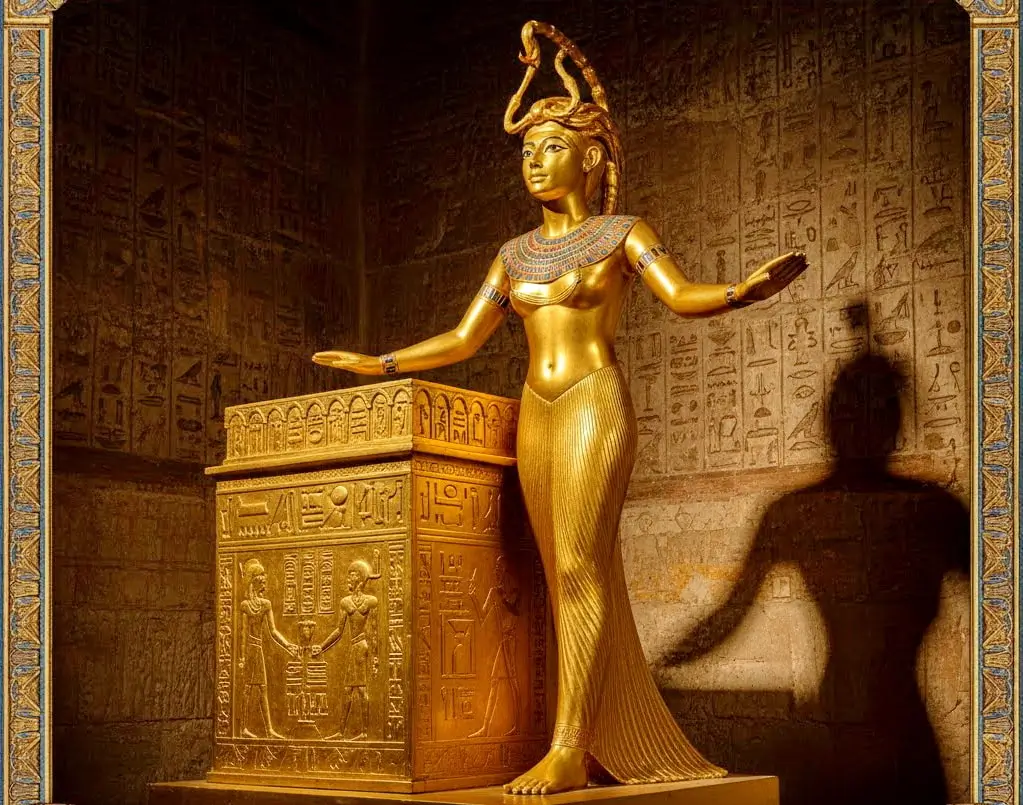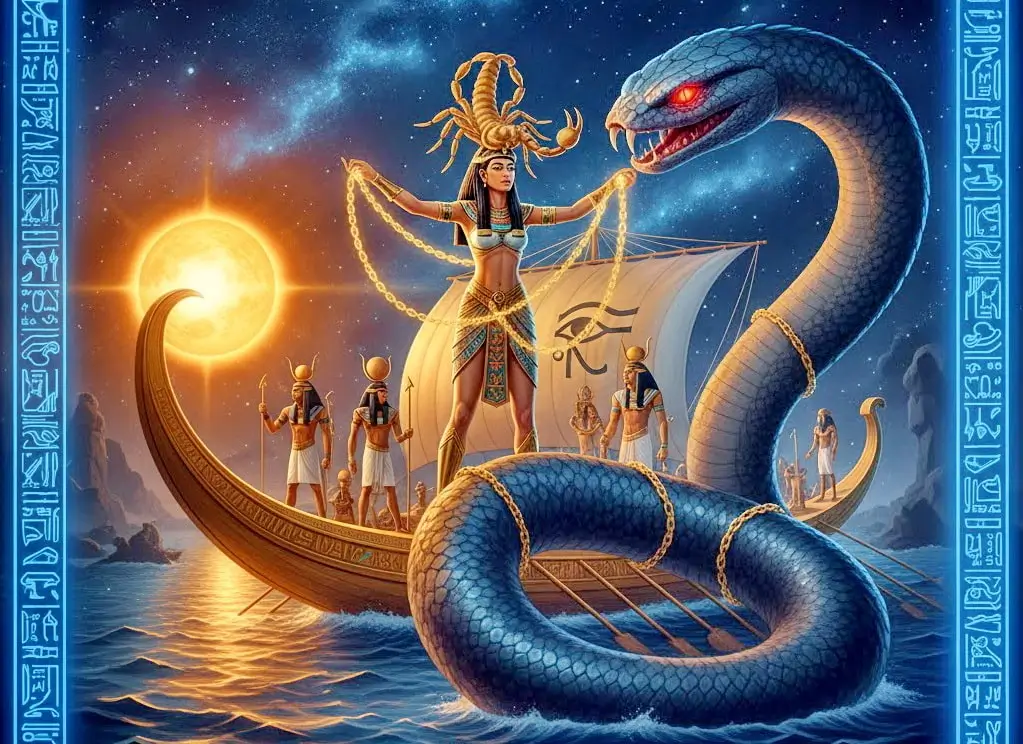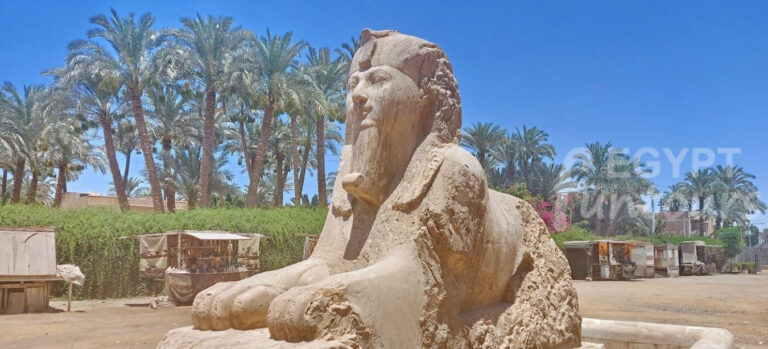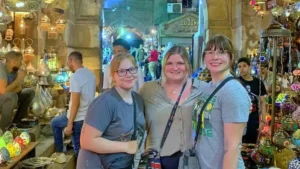Imagine walking through the ancient Egyptian desert. One of your greatest fears would be the sudden, agonizing sting of a scorpion. Yet, the Egyptians, masters of paradox, didn’t just fear this venomous creature; they worshipped it. Enter Serqet Goddess (also known as Selket or Serket). She was the scorpion goddess, a deity who embodied a profound Egyptian belief: to control a danger, you must first embrace its power. She represented the ultimate duality—she who could cause the deadly sting, and she who could miraculously cure it.
This guide explores the enigmatic origins of Serqet, her iconic imagery, her crucial role in the myth of Isis protecting the infant Horus, and her status as both the patron of physicians and a vital guardian in the afterlife.
Key Takeaways
- Name Meaning: “She who causes the throat to breathe” (healer) or “She who tightens the throat” (killer).
- Iconography: A woman with a scorpion on her head, or a scorpion with a woman’s head.
- Key Myth: She sent seven scorpions to protect the pregnant Isis from Seth.
- Funerary Role: She protects one of the four Canopic Jars (the intestines, guarded by Qebehsenuef).

